'I feel vindicated in sticking to my guns' - Bjorn Nielsen on Stradivarius's first season at stud
Martin Stevens speaks to the owner-breeder about his top-notch talent in Good Morning Bloodstock
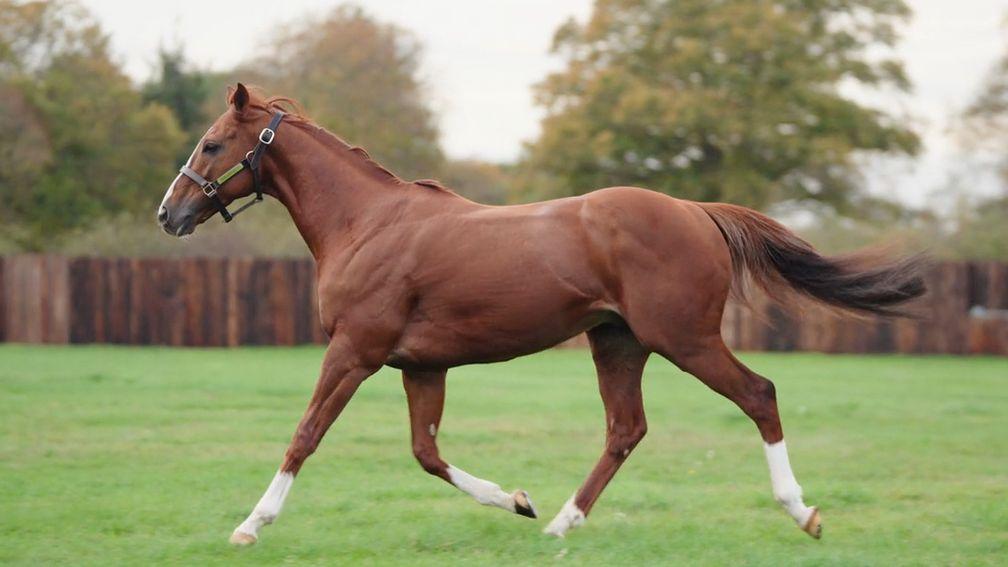
Good Morning Bloodstock is Martin Stevens' daily morning email and presented here online as a sample.
Here he speaks to Bjorn Nielsen about his superstar stayer Stradivarius's successful first season at the National Stud - subscribers can get more great insight from Martin every Monday to Friday.
All you need do is click on the link above, sign up and then read at your leisure each weekday morning from 7am.
Stradivarius firmly endeared himself to racing fans by winning a record 18 Pattern races over seven seasons in training, including three consecutive Gold Cups at Royal Ascot, and so it was no great surprise to see him come first in the public vote to be inducted into the Qipco British Champions Series Hall of Fame this week.
It was always less certain, though, whether the charismatic son of Sea The Stars would make similar appeal to Flat breeders in an era in which stamina has long been a dirty word.
Happily, his owner-breeder Bjorn Nielsen reports that Stradivarius was indeed popular with mare owners in his first season standing at the National Stud in Newmarket at a fee of £10,000 this year.
“He covered 120 mares, which was at the top end of what we were hoping for,” he says. “There were naysayers who told me that he should be standing at £6,000 and be advertised to National Hunt breeders instead, but I was never going to go down that route and I feel vindicated in sticking to my guns.
“He covered a wide variety of mares, a very large percentage of whom were Flat mares, although he did cover some jumps mares especially towards the end. I’m pretty pleased with that result.”
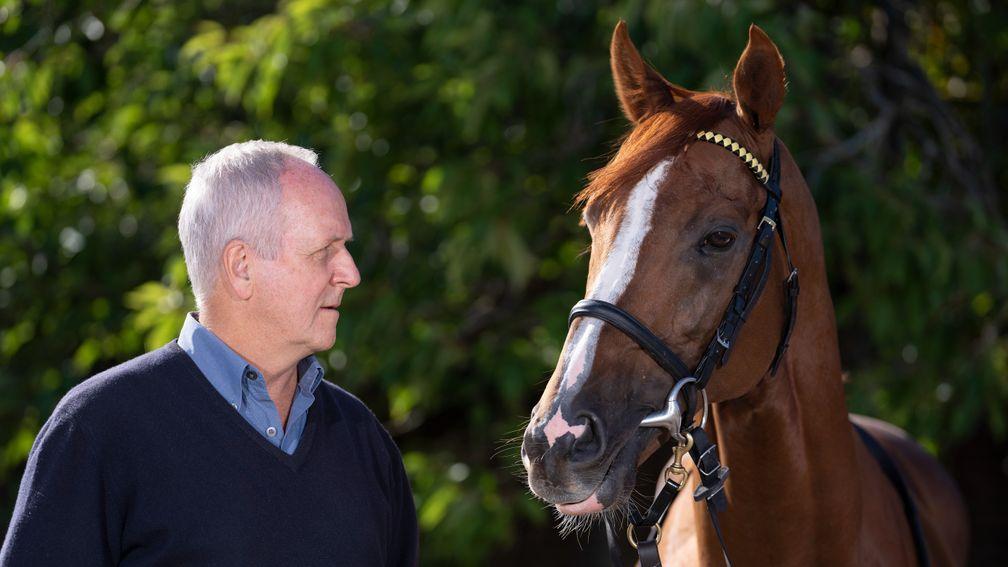
Stradivarius already had plenty in his favour – class, turn of foot, soundness, pedigree and so on – but he drummed up more business when he was shown during the Tattersalls December sales. His swagger and self-assurance became the talk of Newmarket.
“A lot of people saw him that fortnight and were surprised by what they saw,” recalls Nielsen, who receives a specially commissioned medal struck by Asprey to mark his superstar homebred’s entrance into the hall of fame. “He’s still got the same tremendous loose walk and presence he had as a young horse.
“Everybody knew he was physically and mentally very robust, as he raced for all those years without missing an engagement, and he had that great ability to relax under pressure before producing his run, but I don’t think they were expecting what they saw.
“Anyone who hasn’t seen him at the National Stud yet should go; it’s easy to make an appointment. He really is a character.”
Generous financial incentives put up by Nielsen no doubt also played a part in convincing people to use Stradivarius this year.
The breeder of any 2024-foaled offspring of Stradivarius who wins a Group 1 in Britain, Ireland or France at two or three will receive £250,000, and the breeders of any Group 2 and Group 3 scorers will be rewarded with £100,000. Furthermore, the breeders of the first ten juvenile winners by Stradivarius in those same three countries as well as Germany in 2026 will each take home £25,000.
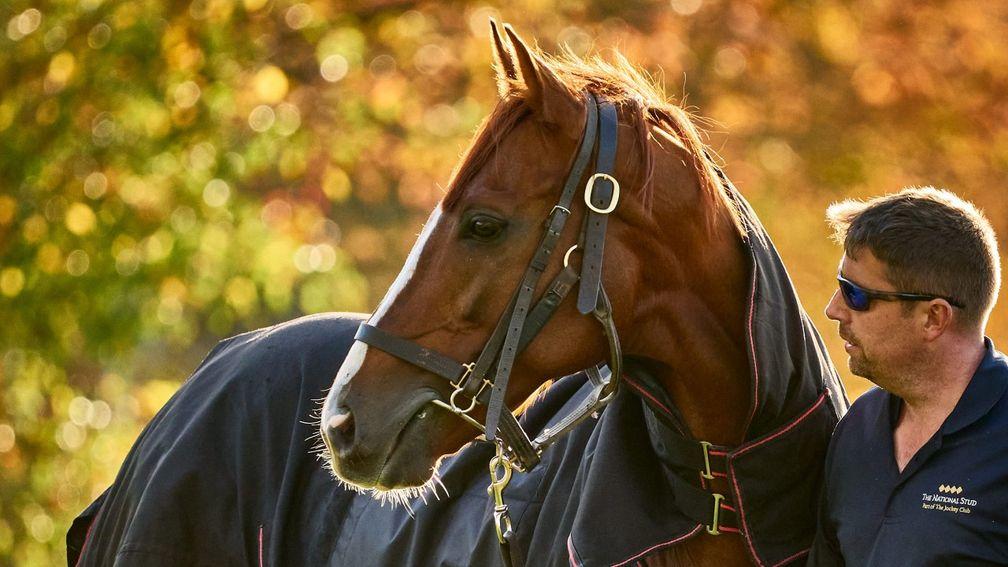
“It’s difficult to say how much the bonuses swayed people, without doing a questionnaire,” says Nielsen. “But there’s no downside to them as far as I’m concerned. I want to pay the bonuses out. If his progeny are winning Group races he will become more popular and his fee will go up. For me, it’s a risk well worth taking.”
Nielsen confirms, following preliminary discussions with the National Stud, that broadly similar bonuses will be offered for Stradivarius’s second year at stud, when he is likely to stand at an unchanged fee of £10,000.
“I’d hope he’d do a similar amount of covers next year,” he adds. “I know numbers tend to fall off in the second and third seasons but I think that applies more to higher priced stallions, as breeders get cold feet about paying a lot of money for nominations when they'll be taking the risk of selling the yearlings on the back of the first-crop two-year-olds’ performance on the track. There ought to be less concern like that when the stud fee is only £10,000.
“Secondly, I suspect most people are going to expect Stradivarius’s progeny to come good at three rather than at two, so they will be a bit more patient with him.
“Having said all that, you wouldn’t know what he will produce, as he’s not a typical stayer; he wasn’t a grinder or a longer-striding horse. As everyone knows, he had that great turn of foot, and an unusually high stride frequency, and he is built more like a miler than a stayer. I wouldn’t rule out him getting two-year-olds or faster horses. It will be very interesting to see.”
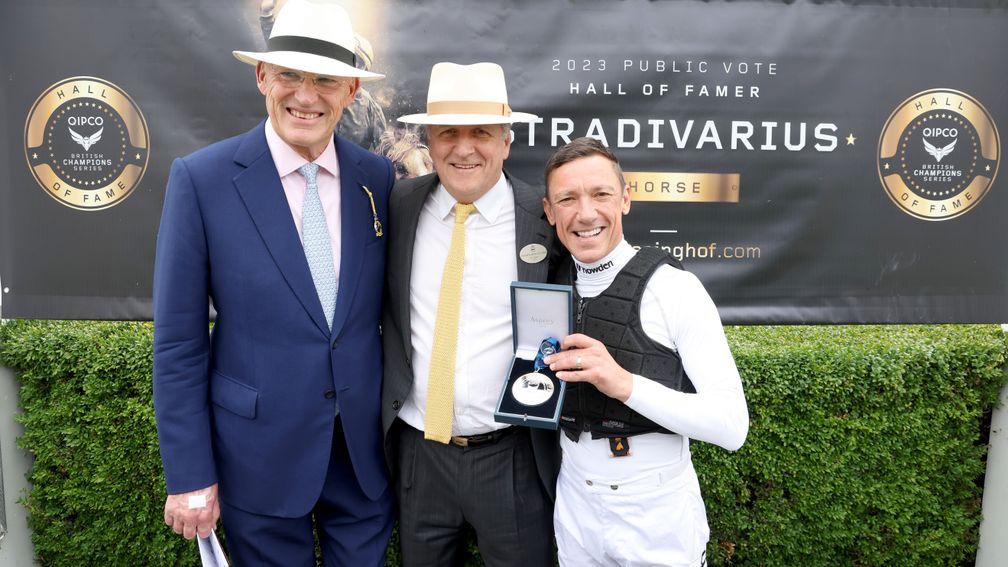
Nielsen is examining the finer details of Stradivarius’s final book as we speak, so he isn’t able to give a breakdown of the precise types of mare sent to the horse. He does say, however, that many came from traditional owner-breeders, and that one he is particularly delighted to have on the team is Park Hill Stakes winner Gretchen, the dam of unbeaten Queen’s Vase hero Gregory, from stamina breeding connoisseur Philippa Cooper.
He is willing Stradivarius to make it, in spite of market prejudice against staying stallions, not just for the sake of his bank balance but also for the benefit of the breed.
“Obviously I’m biased, as it would be great for me if it happened, but I genuinely think it would also be good for racing if he could become a consistently successful sire,” he says.
“Breeding for speed is what everyone seems to want, and I know it’s obvious why: it gives instant gratification on the racetrack, and stallion masters want to stand a horse who’s going to get a high turnover of two-year-old winners for repeat business.
“But you have these wham, bam, thank you ma’am horses making all the money at the sales when it’s the middle-distance and stamina races that resonate more with the public. It’s the King George, Arc, Gold Cup, Derby and Oaks that people love to watch and capture the imagination more than the sprint races.”
Nielsen is not phobic of sprinters – he’s owned a few good ones like Tante Rose and Interception, and is hardly ignorant of the fact that Stradivarius’s sire Sea The Stars is a paternal grandson of the fleet-footed Green Desert – but he does despair of commercial breeders’ current preoccupation with speed, speed, speed.
“I’m well aware you need some speed in a pedigree, even to make a top mile-and-a-half horse,” he says. “But it seems to be forgotten that there are two halves to a pedigree, and an injection of speed can come from either the father or mother’s side. When you read Tesio, you see that Havresac was a broodmare sire he liked a lot as he brought speed into the mares’ matings with Derby winners and other middle-distance horses and stayers.
“Let’s not forget either that the best turf horse in the world so far this year is Equinox, whose sire Kitasan Black was a Group 1 winner over two miles, as was the great Deep Impact, who also won over ten furlongs on his sole start at two.
“Galileo himself was best over a mile and a half, and was hardly a mile and a quarter horse, while Montjeu, a great stallion who got four Derby winners, was bred to stay the Gold Cup distance with his dam Floripedes finishing second in the Prix Royal-Oak.
“There are many more examples besides those. It’s nonsense people dismissing these horses as stallion prospects on the strength of racing distance alone. I firmly believe just about any horse in the King George on Saturday could become a decent sire, too, if only they were given a good enough chance by being sent the right mares.”
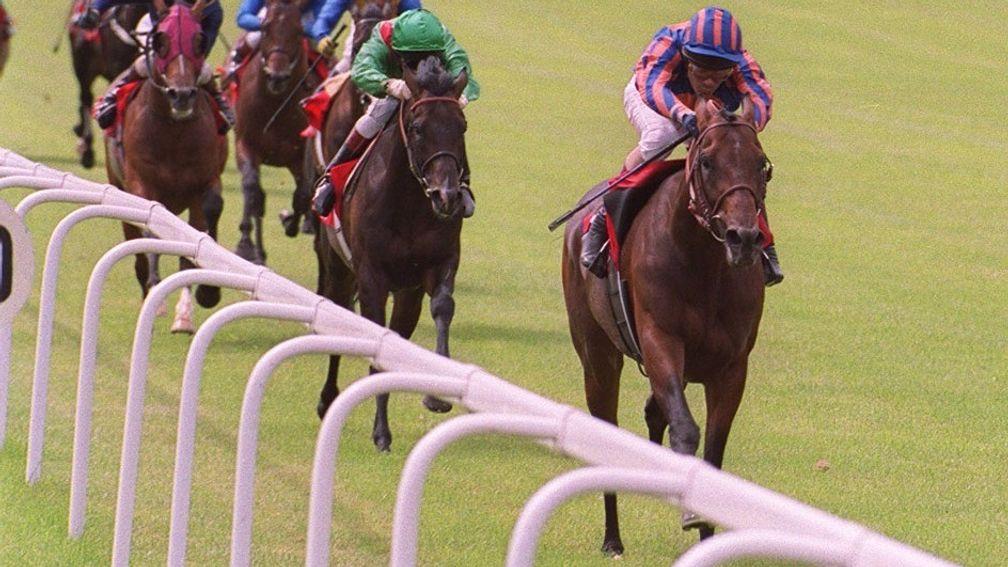
Fortunately it appears that Stadivarius bucked the trend in his first season at the National Stud this year, but it took an exceptional racing career, an unorthodox physique for a horse who flourished over longer distances and financial inducements in the form of a lucrative bonus scheme for that to happen. Realistically speaking, it’s doubtful whether a more ‘ordinary’ Gold Cup winner or Group 1-winning stayer would find themselves equally as busy.
But maybe, just maybe, if Stradivarius does enjoy some success in his second career it will spark a revival in the popularity of stamina stallions in Britain and Ireland.
If any horse can do it, it’s the Qipco British Champions Series Hall of Fame’s phenomenal new resident, who's been breaking down barriers in all his nine years on this earth.
What do you think?
Share your thoughts with other Good Morning Bloodstock readers by emailing gmb@racingpost.com
Must-read story
“He obviously likes jumping, he made three or four mistakes but there was never any doubt about him falling or anything, he found a leg,” says Willie Mullins after Galileo and Annie Power’s son Mystical Power remains unbeaten with victory at Galway.
Pedigree pick
Emperor’s Star, a Sea The Stars close relation to Cloth Of Stars, and Wild Waves, a son of Sea The Stars’ jumps sire son Crystal Ocean, bring decent form into Wednesday's seven-furlong novice stakes at Sandown (6.52), the last five renewals of which have all been won by subsequent black-type winners – Connect, Art Du Val, Tammani, El Bodegon and Flying Honours.
The race has also attracted some well bred newcomers, the pick of whom is perhaps Sun God, trained by Hughie Morrison for owners and breeders Ben and Sir Martyn Arbib.
He is by venerable shuttler Fastnet Rock out of the Lope De Vega mare Seaduced, an unraced half-sister to the same connections’ Group 3 winner and Group 1 runner-up Stay Alert and Listed scorer and Group 2 second Star Rock, both also by Fastnet Rock.
Sun God is the second foal out of Seaduced, the first being Sumo Sam, who scored on her sole start at two last year and has twice finished in the frame in Listed contests this season.
Don’t miss ANZ Bloodstock News
Subscribe for the latest bloodstock news from Australia, New Zealand and beyond.
Published on inGood Morning Bloodstock
Last updated
- Heart or head? Limerick farmer faces enviable dilemma now he owns a highly valuable filly
- New Batsford boys bring fresh impetus and good value to Gloucestershire stud
- Cause for alarm as one of the most successful British jumps breeders switches focus to the Flat
- Kalpana likely to pull plenty of buyers towards Gravity at Park Paddocks
- Nap hand to note on a weekend when Auteuil ought to rival Cheltenham for your attention
- Heart or head? Limerick farmer faces enviable dilemma now he owns a highly valuable filly
- New Batsford boys bring fresh impetus and good value to Gloucestershire stud
- Cause for alarm as one of the most successful British jumps breeders switches focus to the Flat
- Kalpana likely to pull plenty of buyers towards Gravity at Park Paddocks
- Nap hand to note on a weekend when Auteuil ought to rival Cheltenham for your attention